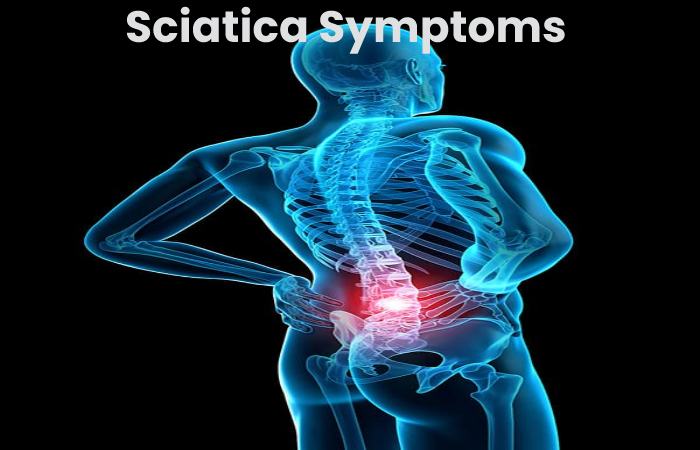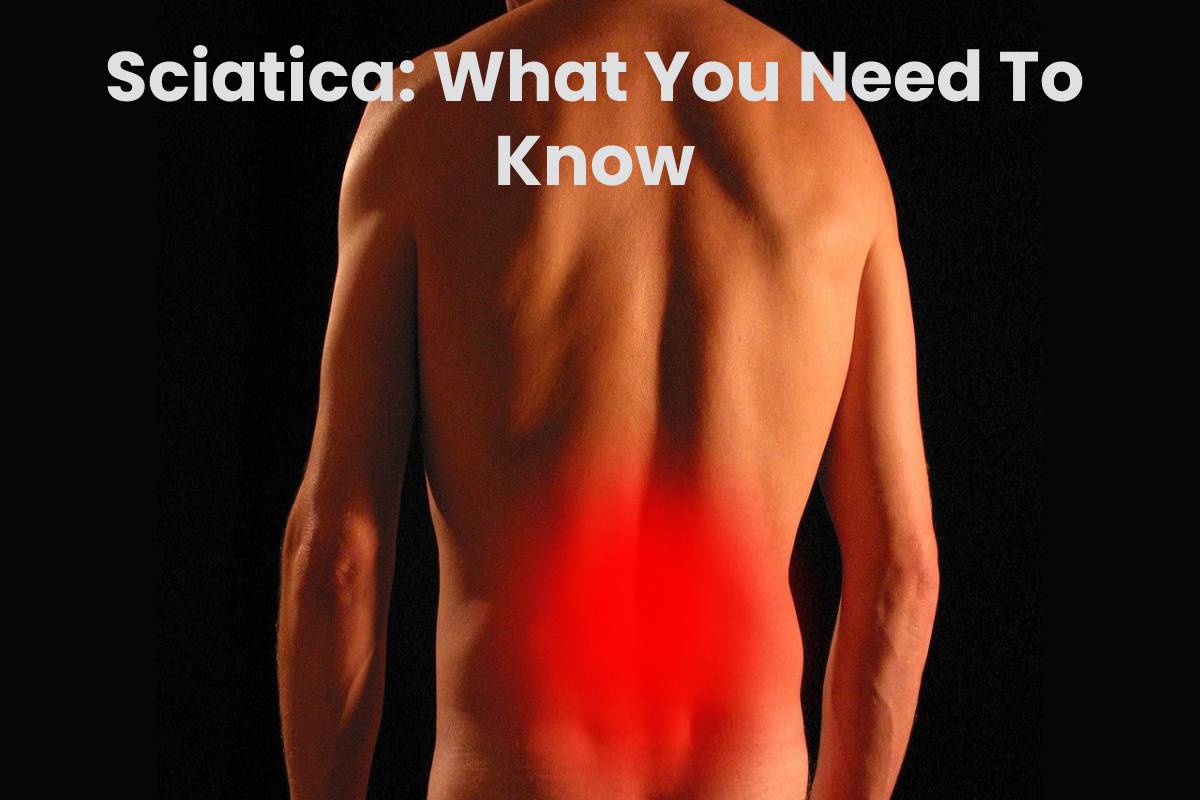Sciatica which is the pain that results in the fretting of the sciatic nerve is the one that gives the name to this condition. In truth, every person’s feelings hurt whenever this courage is disrupted, regardless of whether it provokes minor discomfort or serious pain. The source of sciatica lies in the compression of a nerve in the lumbar spine. Hence, this condition is common.
Sometime the word “sciatica” is both confused and lumped together with a general pain or soreness in the back. Yet, sciatica is not only back problem but it occur also at the buttocks, legs, and feet. The sciatic nerve is a nerve that is found in the body as the longest and widest nerve. It takes its origin from the pelvis (the lumbar part) and goes down through buttocks and legs and ends in below the knee.
Sciatica (nerve pain along the sciatic nerve) is not a disorder per se, but it is an indication of many health problems, which correlate to the sciatic nerve. This is the nerve that runs through the lower leg and is stimulating the muscles of lower part of leg and at the same time giving us sensation in the skin of the foot and rest of the lower leg.some experts estimate
Table of Contents
Sciatica Symptoms

The main symptom is a shooting pain in any part of the sciatic nerve, from the lower back concluded, the buttocks and down the back of either leg.
Other communal symptoms of sciatica include:
- numbness in the leg laterally, the nerve
- tingling sensation (pins and needles) in the feet and toes
This pain can vary in intensity and could remain aggravated if people sit for long periods.
What Are The Treatments For Sciatica?
We will individually analyze the treatments for acute and chronic sciatica:
Treatments For Acute Sciatica
Most cases of acute sciatica answer well to self-care measures, including:
- Over-the-counter pain stand-ins such as ibuprofen can also be purchased online.
- Exercises such as walking or light stretching.
- Hot or cold compression packs help decrease pain. They can remain purchased online. It is often obliging to alternate between the two.
Not all pain relievers are suitable for everyone; it is essential to review the options with your doctor.
Treatments For Chronic Sciatica
A combination of self-care measures and medical treatment remains usually used to treat chronic sciatica:
- physiotherapy
- cognitive behavioural therapy (CBT): helps manage chronic pain by training people to respond differently to pain
- analgesics
Surgery may be an option if symptoms have not been controlled with other treatments and continue to worsen. Surgical choices comprise:
- Lumbar Laminectomy – Wide of the spinal cord in the low back to reduce tension pressure.
- Discectomy – Partial or complete removal of a herniated disc.
Depending on the cause of sciatica, a surgeon will review the risks and benefits of surgery and may suggest an appropriate surgical option.
Exercises And Stretches
There are many ways to relieve pressure on the sciatic nerve through exercise. It allows patients to:
- relieve their symptoms themselves
- reduce or avoid taking medications whenever possible
- find comfort and long-term relief for their condition when they have flare-ups
Causes Of Sciatica
Sciatica is a common symptom of various medical conditions; however, it remains estimated that 90% of cases are due to a herniated (misplaced) disc. The spinal column consists of three parts:
- vertebra (individual bones in the back that protect underlying nerves)
- nerves
- discos
The discs remain made up of cartilage, which is a solid and resistant material; the cartilage acts as a cushion between each vertebra and allows the spine to be flexible. A herniated disc happens when a disc slips out of place, putting heaviness on the sciatic nerve.
Other Causes Of Sciatica Include:
- Lumbar Spinal Stenosis – Contraction of the spinal cord in the lower back.
- Spondylolisthesis – A condition in which a disc slips over the vertebra below it.
- Tumours within the spine can compress the root of the sciatic nerve.
- Infection – In the long run, it affects the spine.
- Other causes: For example, spinal cord injuries.
- Cauda equina syndrome – a rare, then severe disorder that affects the nerves in the lower portion of the spinal cord; requires immediate medical attention.
In several cases of sciatica, there is no solitary apparent cause.
Risk Issues For Sciatic Nerve Pain
Common danger factors include:
- Age – Persons in their 30s and 40s are at higher risk of developing sciatica.
- Profession: Jobs that require lifting heavy masses for long periods.
- Sedentary lifestyle – People who sit for lengthy periods and are physically inactive are more likely to develop sciatica than active people.
How Is Sciatica Diagnosed?
If sciatica symptoms are mild and don’t last more than 4 to 8 weeks, it’s probably acute sciatica that usually doesn’t require medical attention.
A complete medical history can help speed up the diagnosis. Doctors will also do basic exercises that stretch the sciatic nerve. Shooting pain down the leg when performing these exercises usually indicates [sciatica].
If the pain persists for more than 4 to 8 weeks, imaging tests such as an X-ray or MRI may stand needed to help identify what compresses the sciatic nerve and causes the symptoms.
Conclusions
Sciatica occurs when there is pressure or injury to the sciatic nerve. This nerve begins in the lower back and runs down each leg. this nerve controls the muscles at the back of the knee and lower leg.

